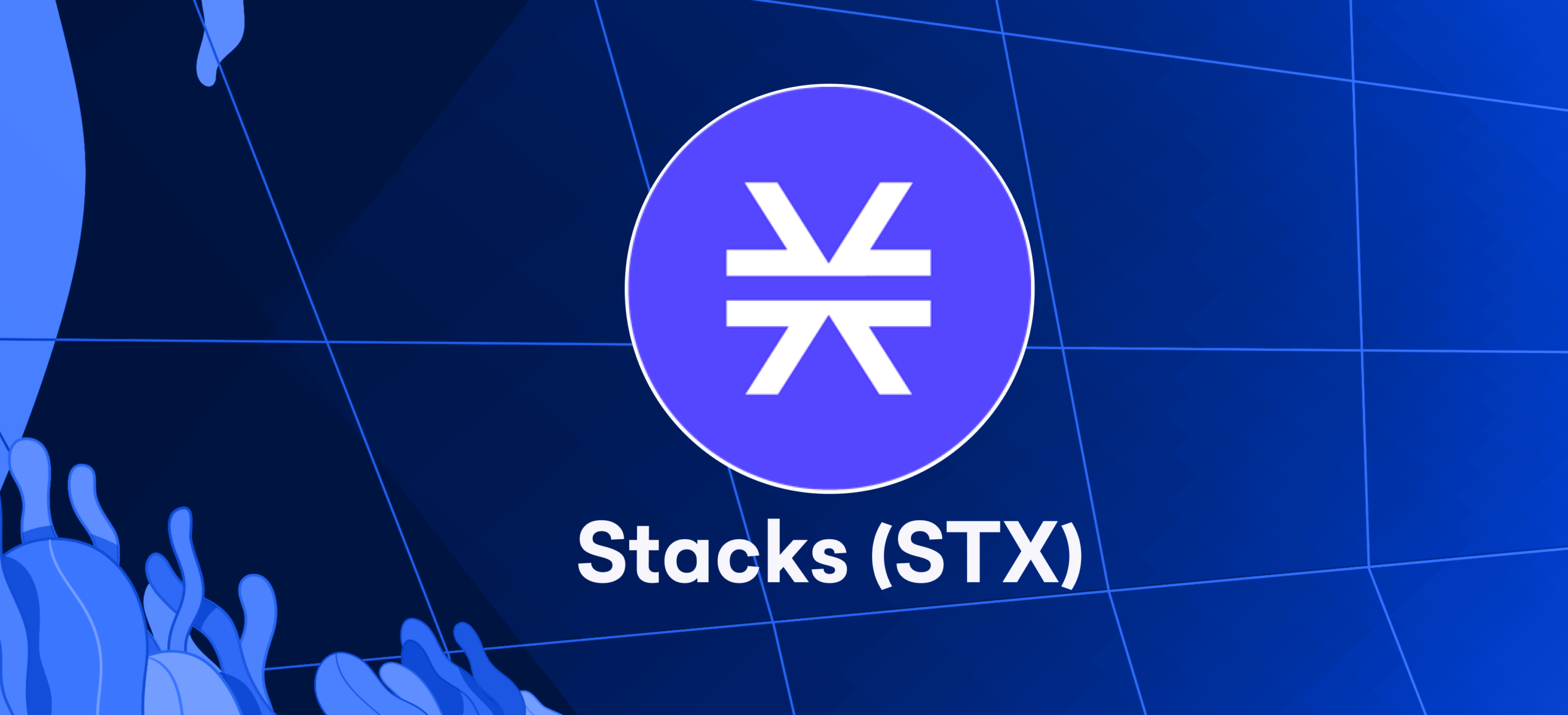
Introduction
Chief among these rumors is how a spot Ethereum ETF might be next, given its popularity among institutions and retail traders. As crypto has the second-largest market capitalization in the crypto sector, a position in the ETH ETF may be on the cards if authorities completely approve the spot BTC ETF. Are you curious about the likelihood of a spot ETH ETF coming to fruition? From understanding what a spot ETF is to highlighting the pros and cons of trading a spot ETF, here’s everything you’ll need to know when navigating through the volatility accompanied by the possibilities of a spot Ether ETF announcement.
What exactly is Ethereum?
Ethereum, created in 2013, is a decentralized blockchain platform featuring smart contract functionality. It transformed the cryptocurrency industry by introducing self-governing smart contracts, which enabled users to design and execute automated agreements. The Ethereum ecosystem is supported by the Ether (ETH) cryptocurrency, which serves as a transaction fee and supports a wide range of decentralized apps (DApps), such as DeFi lending systems and NFT markets. These DApps function autonomously, offering new possibilities in various sectors.
Why is Ethereum so popular?
Among the different crypto altcoins, Ethereum is a particularly enticing ecosystem for retail and institutional crypto traders. Given its decade of development and significance in the crypto industry, Ethereum has endured the test of time, towering over other cryptocurrencies created in the early 2010s. As the first platform to deploy smart contracts effectively, Ethereum has achieved several milestones, including adopting the first-ever NFT standard in 2018 and changing from Proof of Work towards Proof of Stake as part of the Ethereum Merge. These achievements, together with the ardent Ethereum community and many DApps in the Ethereum ecosystem, make Ethereum a viable option.
What exactly is a spot ETH ETF?
The spot ETH ETF, also known as a physically-backed Ether ETF, is similar to standard exchange-traded funds in that the institutions administering the ETF commit to purchasing ETH and keeping ETH in their reserves. The ETF is then traded on a typical stock exchange, and shares reflecting ownership of the ETF are issued. When changing the spot ETH ETF, traders effectively receive exposure to the underlying ETH held in the institution’s reserves.
One important point to remember while trading the spot ETH ETF is that having shares of a spot ETH ETF does not immediately confer ownership of the institution’s individual ETH tokens. Shareholders own rights to the value of their ETH holdings rather than the Ether itself.
Who is the spot ETH ETF for?
Many believe the spot ETH ETF will be perfect for TradFi traders who are used to trading stocks and ETFs on traditional brokerages. While directly trading Ether has its charm, it’s only for some, given the inaccessibility and numerous barriers to entry that cryptocurrencies are known for. That’s where spot ETH ETFs come in. Setting up wallets, navigating exchanges, and managing private keys can sometimes feel alien and complex. However, spotting ETH ETFs will help traders become more familiar with TradFi and gain exposure to ETH. By trading spot ETH ETFs, traders with little to no experience in crypto can gain convenient exposure to ETH’s price movements without needing a cryptocurrency wallet or dealing with the intricacies of directly buying and storing ETH.
What is the ETH ETF intended for?
The spot ETH ETF will be ideal for TradFi traders accustomed to trading equities and ETFs through traditional brokerages. While directly trading Ether has its appeal, it is only for some due to cryptocurrency’s inaccessibility and multiple hurdles to entry. This is where spot ETH ETFs come into play. Because setting up wallets, traversing exchanges, and keeping private keys can feel foreign and complicated at times, spot ETH ETFs will make it easier for traders who are more accustomed to TradFi to obtain exposure to ETH. Trading spot ETH ETFs allows traders with little to no crypto knowledge to receive handy exposure to ETH price swings without requiring a cryptocurrency wallet or interacting with the exchange.
How does a spot ETH ETF work?
I require clarity. Do you need assistance understanding how a spot ETH ETF works? Consider the spot ETH ETF a pool into which traders put funds to purchase ETH. This pool then follows the price of Ether by physically holding the tokens. When the price of Ethereum rises, the value of the ETF shares rises accordingly, and vice versa. This is in contrast to ETH futures-based ETFs, which monitor the price of ETH using derivatives such as ETH futures without holding the underlying asset.
To keep up with the continuously changing price of ETH, the ETF management monitors the market and adjusts the ETF’s ETH holdings as appropriate. This usually entails creating and redeeming units, big blocks of shares traded for the underlying Ether. This difficult situation
Pros of trading spot ETH ETFs
Lowering the barrier to entry to gaining crypto exposure
As previously said, crypto can be difficult to enter because of the multiple sources of possible friction preventing anyone new to crypto trading. This might range from making a mistake during the Know Your Customer procedure to selecting the correct spot pair to trade the cryptocurrency you desire. Traders with trading accounts with major TradFi brokerages may search the ticker for the spot ETH ETF and sell it just like any other currency pair or asset.
Being open to institutional traders
If a spot in the ETH ETF is approved, institutional trading in ETH will become even more accessible. Because institutions such as pension funds and asset managers may be prohibited from trading Ether and other coins directly, smart money has long been banned from obtaining cryptocurrency exposure. They may have a greater chance of being authorized to sell a spot ETH ETF because it is an SEC-approved trading instrument.
New ways to trade ETH
Traders might investigate different methods of trading spot ETH ETF shares in addition to purchasing and selling shares of spot ETH ETFs. This can range from short-selling to the negative to hedge their whole portfolio or to create further returns on their current ETH ETF holdings. As more traders acquire exposure to Ether by trading the spot ETH ETF, such alternatives will inject new liquidity into the crypto market.
Cons of trading spot ETH ETFs
ETF expense ratios
For individuals new to trading ETFs, it’s crucial to consider expense ratios. These ratios quantify the portion of a fund’s assets allocated to administrative and other operational expenses. The exact ratio for spot ETH ETFs is unknown as of the time of writing. Bitcoin futures ETFs can serve as a reference for understanding potential expense ratios. The ProShares Bitcoin Strategy ETF has a 0.95% cost ratio. This is significantly more than comparable ETFs and mutual funds, such as the Vanguard S& P 500 ETF, which has an expense ratio of 0.03%. Traders hold the ETF throughout the period, and overall gains from trading the spot ETH ETF will be lower due to the accumulation of this annualized cost.
ETH ownership
As mentioned earlier, share traders do not technically possess the Ether as the management of the spot ETH ETF holds it. The management may engage in activities such as lending or staking the ETH to generate additional returns. This raises questions about genuine ownership, as “not your keys, not your coins” is a philosophy many crypto natives live by. This might be a huge issue if the ETF liquidates assets and goes out of business.
The limitation of regular trading hours
Crypto markets are well-known for being open 24 hours a day, seven days a week. Spotting ETH ETFs aligns with stock market hours, distinguishing them from other assets. This constraint may result in traders missing opportunities when the stock market is closed.
Is a spot ETH ETF approval coming?
As the spot BTC ETF nears approval, optimistic ETH traders wonder when a spot ETH ETF will be ready for trading. Speculation increased when organizations like BlackRock and ARK Invest applied for certification of spot ETH ETFs. Unfortunately, the Securities and Exchange Commission has halted this anticipation by postponing its ruling until May 2024. The setback for spot ETH ETF traders hasn’t extinguished optimism. Many hope a spot BTC ETF approval could set a precedent, encouraging more crypto ETF approvals.
Should you buy Ether instead?
Although spot ETH ETF shares may provide convenience for traders, the fact is that having spot ETH ETF shares varies significantly from owning Ether directly. That begs the question, why not just buy ETH? To further detail this subject, analyze your trading priorities and objectives. If you’re an amateur crypto trader looking for exposure to Ethereum, trading spot ETH ETF shares may be ideal for you. However, the spot ETH ETF might be wrong if you value ownership and the ability to trade whenever you want.
Faqs
Is a spot ETH ETF equivalent to a spot BTC ETF?
Spot ETFs track cryptocurrency prices and, if authorized, hold actual ETH and BTC. Both are similar in their spot ETF nature. Futures ETFs impact prices differently from real coin-based ETFs, as they involve cryptocurrency derivatives, influencing overall price movements.
Can I lose money investing in a spot ETH ETF?
This may happen with any cryptocurrency trade. The value of your ETH ETF shares may decrease due to fluctuations in Ether’s price, as the ETF is designed to track the price of ETH.
How can I find the best location for an ETH ETF?
When evaluating ETH ETFs, it is essential to examine critical elements such as cost ratios, actual ETH holdings, and assets under management. This comprehensive analysis provides a thorough understanding of the fund’s performance and suitability for investment.
What if the SEC denies spotting ETH ETFs?
It may postpone widespread acceptance if denied but sometimes rule out future approval. Staying current on regulatory changes is critical to trade ETH based on this.
Can I buy Ether rather than the spot ETH ETF?
If you’re a crypto native, purchasing ETH may be more convenient. The spot ETH ETF targets a different audience, simplifying Ethereum exposure for TradFi traders.
Final Thoughts
Spot ETH ETFs provide an appealing link between the intrigue of Ethereum and the comfort of TradFi. Its inclusion as a trading option signals a huge step forward in making Ethereum more accessible to a larger audience. The spot ETH ETF opens the crypto world to a new audience by simplifying access. It also allows for the diversification of trading portfolios. It is trading the spot ETH ETF appeals to traders with unique preferences, offering a mix of risks and benefits. Despite its potential dangers, the ETF’s popularity remains indisputable in the trading community.








